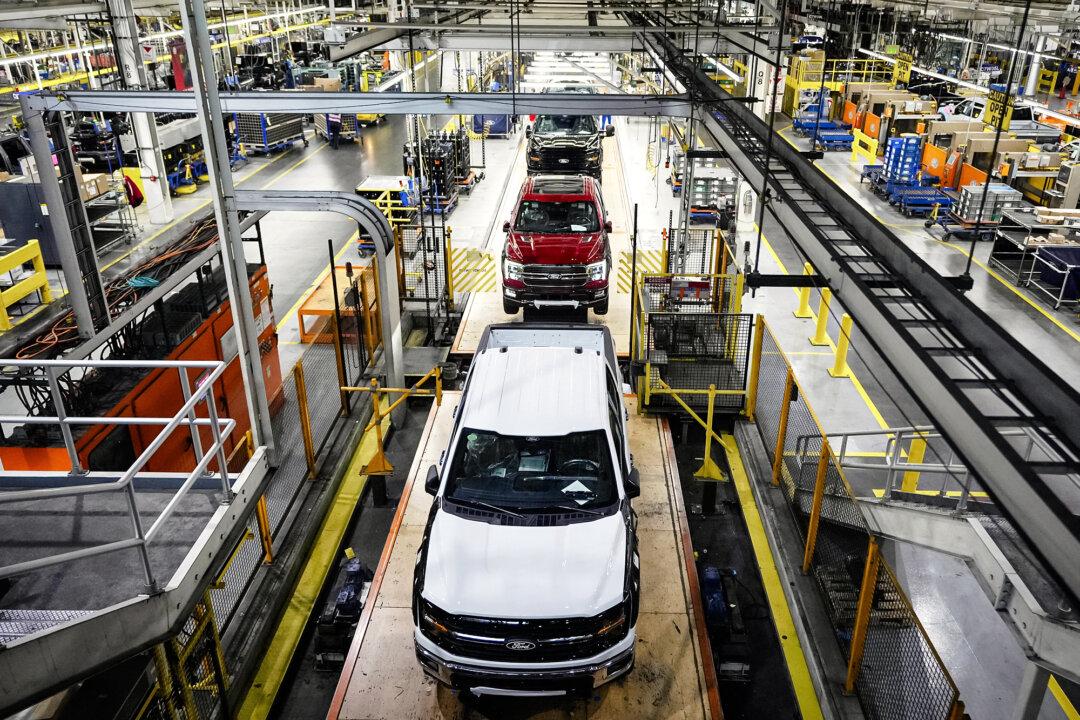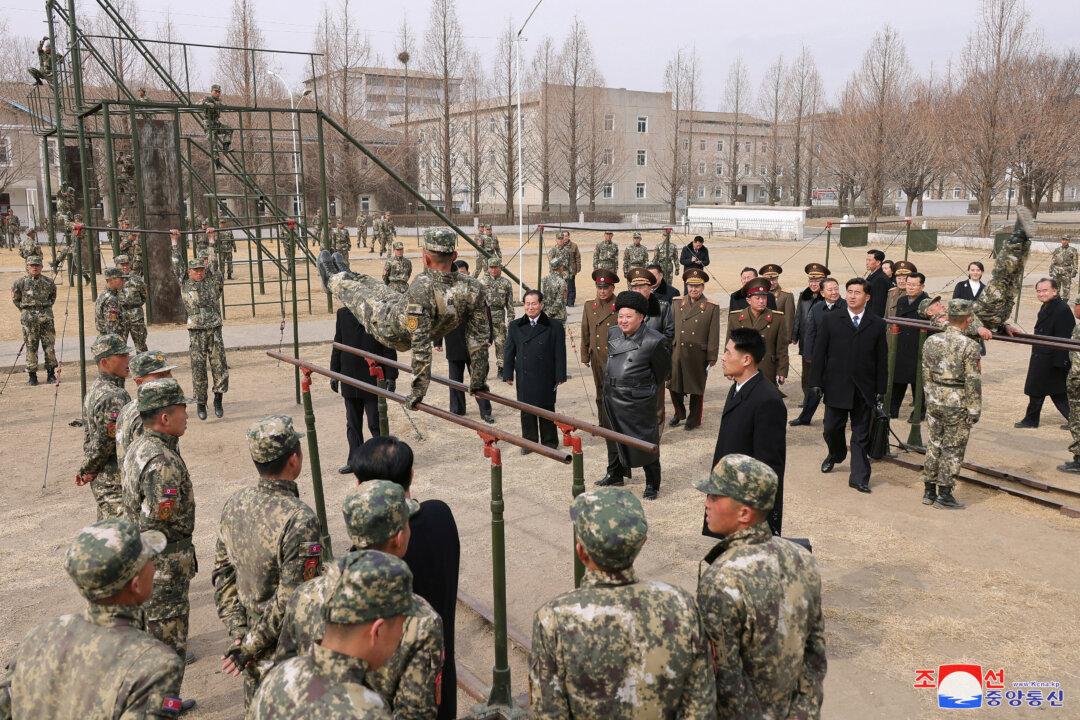Food insecurity has “increased dramatically ” in cash-strapped Sri Lanka, with the number of people requiring life-saving assistance doubling to 3.4 million, the United Nations said on Tuesday.
Sri Lanka’s poverty rate has increased from 13.1 percent in 2021 to 25.6 percent this year, according to the World Bank’s data.
The U.N. agencies in Sri Lanka had so far raised $79 million from its joint humanitarian appeal. But the U.N. stated that an additional $70 million is required to help the growing number of vulnerable Sri Lankans.
The extended appeal aims to provide immediate food assistance for 2.4 million vulnerable people, as well as support and fertilizers for 1.5 million farmers and fisherfolk to revive Sri Lanka’s food systems.
The appeal also seeks to provide nutrition support for 2.1 million Sri Lankans—including pregnant women and schoolchildren—safe drinking water, essential medicines, and healthcare, according to the U.N. joint statement.

Farming Practices
Sri Lanka’s financial crisis, its worst since declaring independence from the British in 1948, went into overdrive in early 2021 when the former Gotabaya Rajapaksa administration announced an overhaul of farming practices.Before the restrictions were implemented, more than 90 percent of the country’s farmers utilized chemical fertilizers. Following the ban, 85 percent of these same farmers suffered immense crop losses, attributed to the reduced application of fertilizer.
It stated that production of paddy rice is forecast at 3 million metric tons in 2022, “which is the lowest level since the 2017 drought-affected harvest,” mostly due to low yields following reduced application of fertilizers.
Abdur Rahim Siddiqui, WFP representative and country director in Sri Lanka, said that Sri Lanka’s crippling economic crisis caused more than 60 percent of families to reduce food consumption and eat less nutritious food.





